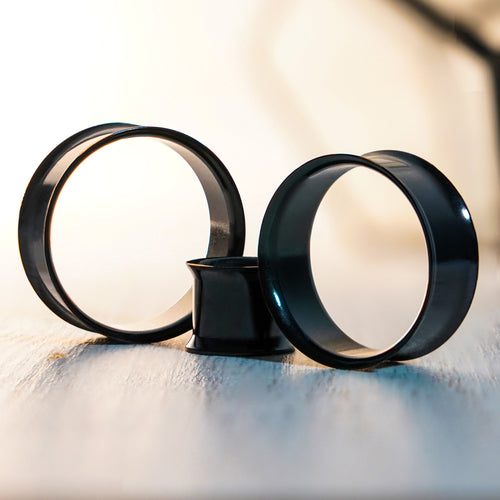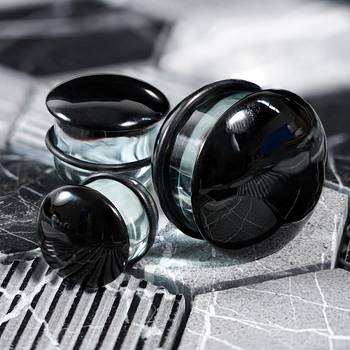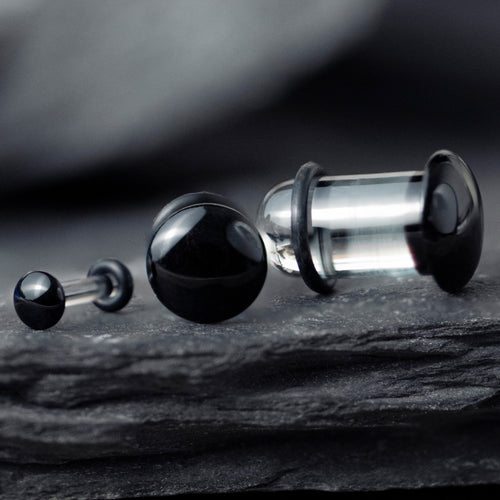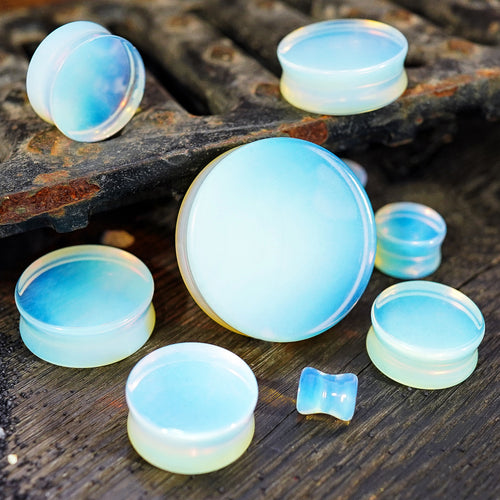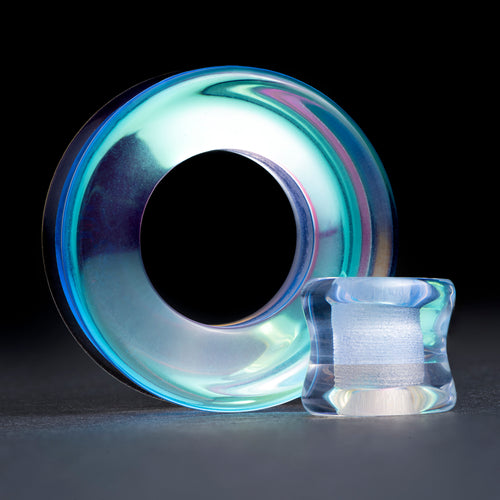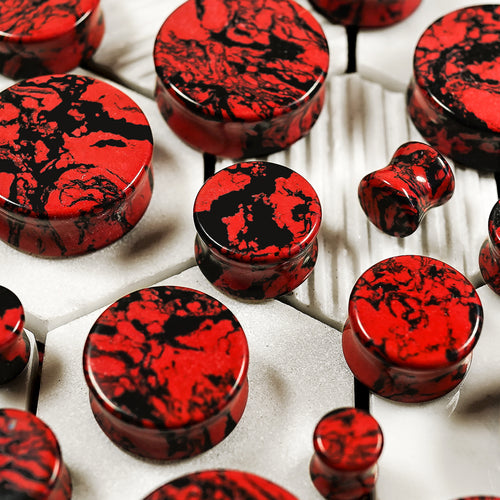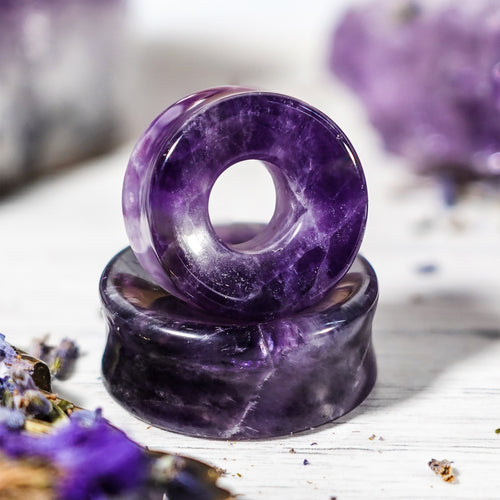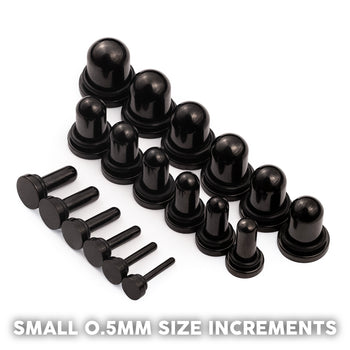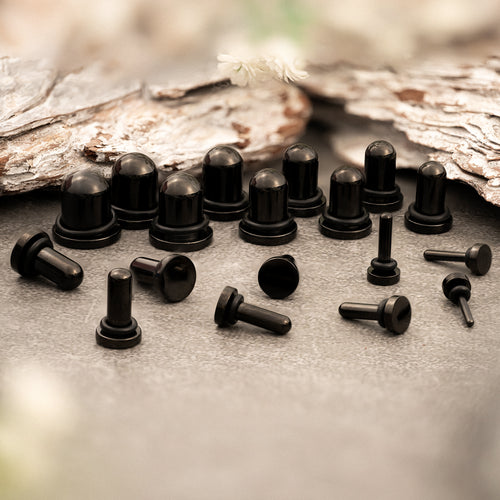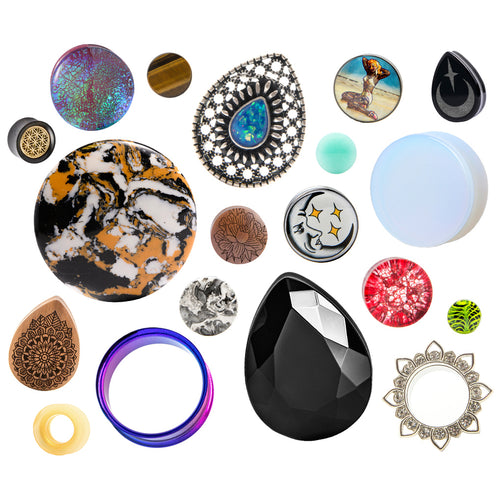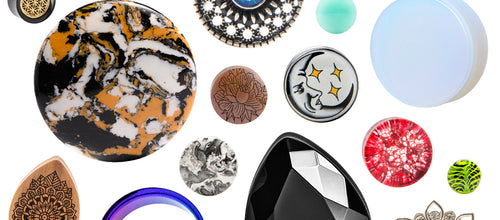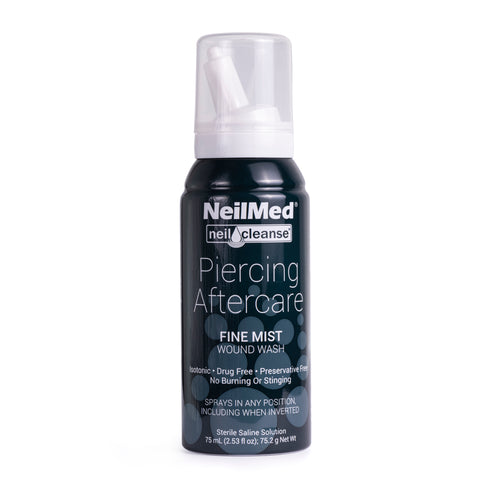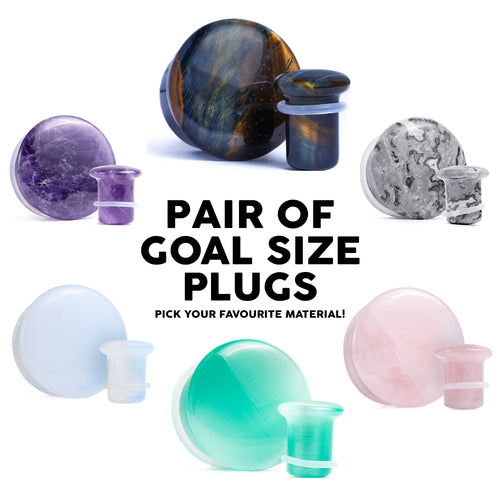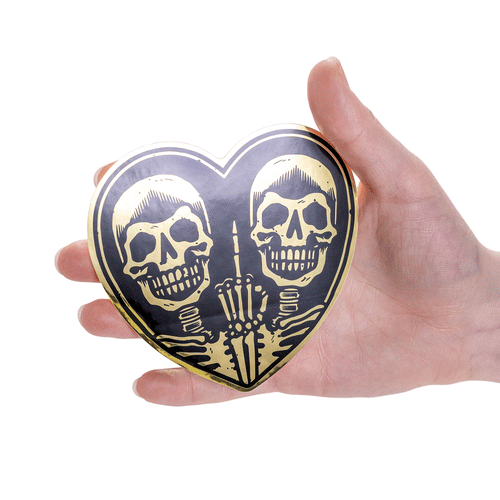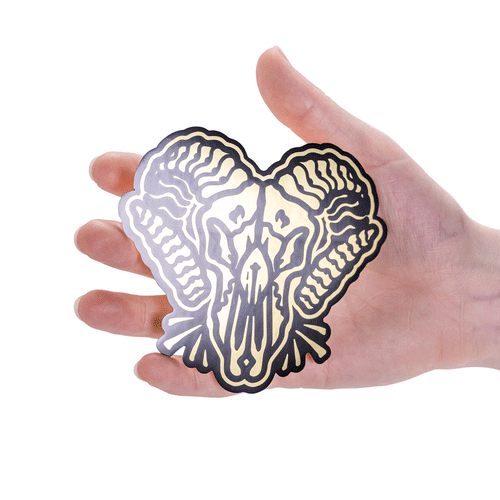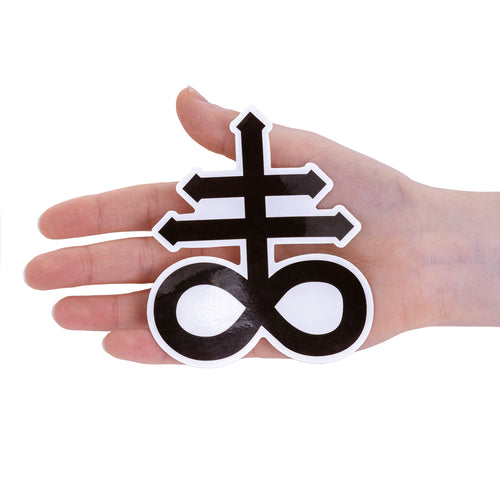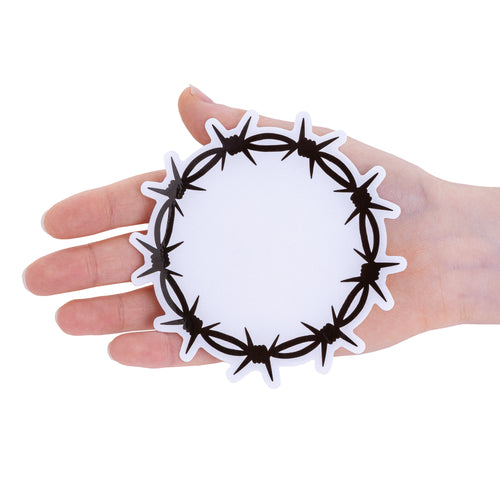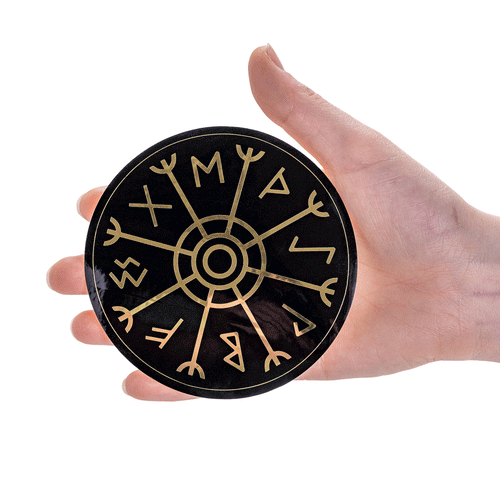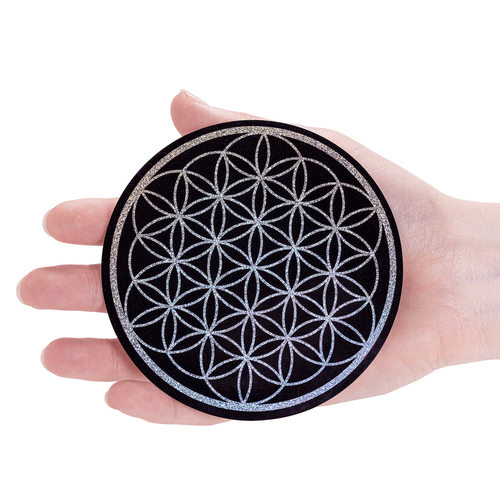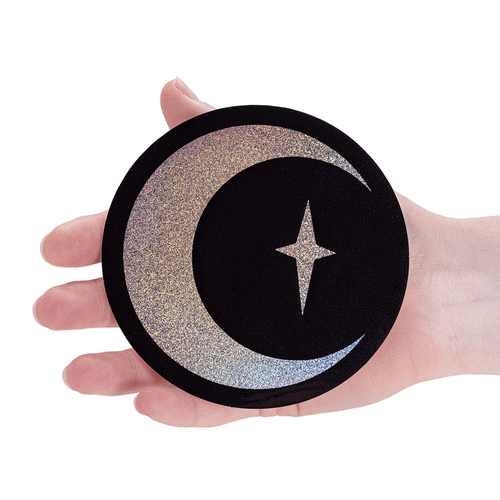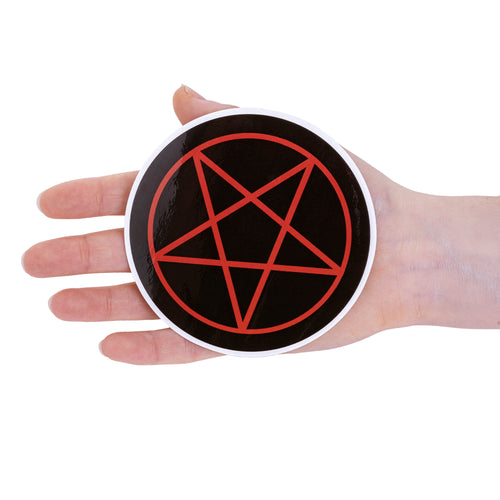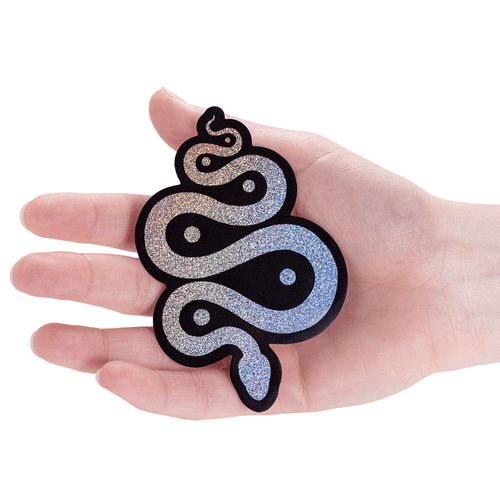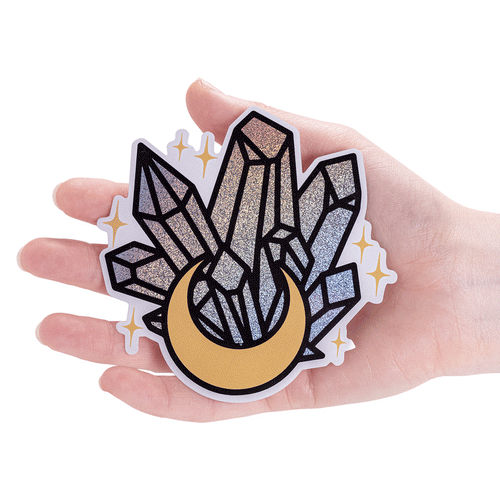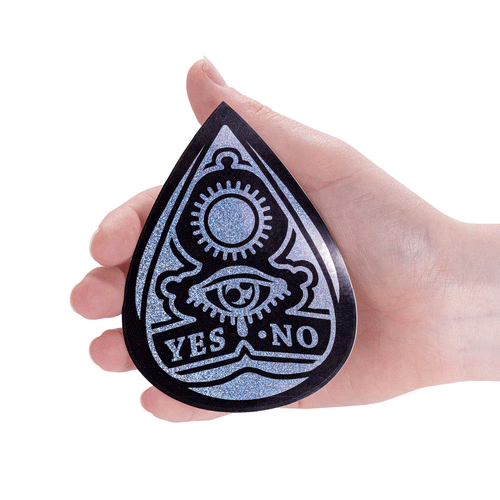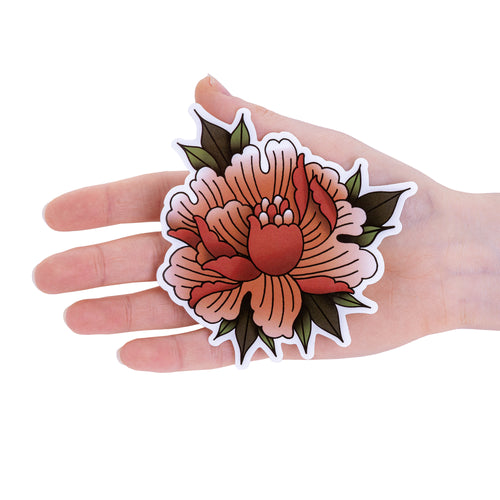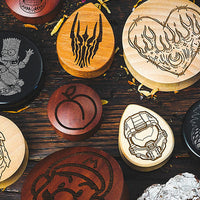
GET SOCIAL WITH US
RECENT ARTICLES
Newsletter
Keep up-to-date with the latest promotions, news and releases!
Aftercare for Stretched Ears: How to Take Care of Your Stretched Lobes

Stretching your earlobes is a long process that requires patience. It should always be done slowly and without skipping sizes, or you risk injuring your lobes, which is why it can actually take a few years before your earlobes adjust to the size you want.
But as well as following the right guidelines while you’re stretching, aftercare is incredibly important if you want to stay clean, infection-free and avoid injury.
The most important thing to care for stretched ears is to keep your plugs clean and to clean and oil your earlobes regularly (a routine that’s actually quite similar to caring for your plugs!). Massaging your earlobes with oil is also something that you should do at least one to two times a week.
This article is a guide on how to look after your stretched ears but if you want to find out more about the dos and don’ts of ear stretching, check out our ultimate guide on How To Stretch Your Ears.
How to look after your stretched ears
After you have finished your latest stretch, you should definitely do an oil massage. Ideally, you want to do it after you’ve had a nice long shower, as this will help loosen your earlobes a bit and it will help keep more moisture in.
Use natural and water-based products to massage your earlobes after stretching. As for how long the massage should last, always go for at least five minutes for each earlobe, particularly when you’re starting out.
That’s enough time to remove scar tissue if there is any, as well as sebum and dead skin cells that you might have missed during the shower.
To find out more, visit our guide on ear stretching.
What oil should I use on my stretched lobes?

Any natural oil is good for your ears, but we recommend you try using jojoba oil (try our jojoba oil ), vitamin E oil, coconut oil, olive oil, emu oil, and bio oil. Any of these will do a great job and soften earlobes to help them retain the necessary moisture.
It really comes down to preference between these oils, but applying oil regularly will keep the skin healthy and reduce the risk of accidental tearing while you are stretching.
Cleaning your plugs

Your earlobes are just part of the hygiene ritual – you need to clean your plugs too if you wish to avoid infections and irritations! Even the cleanest earlobes will become irritated if your jewellery is not clean.
We’ve also prepared a handy guide on taking care of your plugs and tunnels that will teach you all about proper care for all the different materials you love and wear.
For more information on cleaning your different plugs see , please see our article on How To Clean And Care For Your Ear Plugs / Tunnels / Gauges.
When can I take my plugs out to clean them?
If you have followed the guidelines on proper ear stretching, you should be able to take out your plugs whenever you feel like it!
Many people have the misconception that a new stretch should be treated the same way as a new piercing, but this just isn’t true. Stretching is slow and the goal is to NOT hurt your ears in the process. So you shouldn’t really feel pain or discomfort when stretching, or worry that you must wait before you can take your plugs out.
Just follow your regular routine and take out your plugs when you feel they need cleaning, clean them, clean your earlobes and massage them properly, and put them back in.
Once your ears have fully healed you should look at cleaning your plugs and stretches a couple of times a week as a standard, but more if you feel they need them.
What not to do when stretching ears
There’s a lot that can go wrong with aftercare when it comes to using the wrong techniques or chemicals.
Avoid chemicals
What your earlobes need most is moisture, so make sure you avoid any products containing alcohol or peroxide, as well as any type of antibacterial products that will likely hurt your earlobes! Not only are these products very harsh on the skin, but the chemicals that aim to kill bacteria tend to dehydrate and aggravate the skin on your stretched ears too which can make them sore and inflamed.
Don’t spin your plugs
Also, something that not many people realise is that you should avoid moving, or spinning your plugs and tunnels in your ears because you increase the risk for injury, irritation, and infection. As you move the jewelry, you can transfer new bacteria from your hands and open up the skin or healing wounds, which can lead to irritation and infection very quickly.
This also stands for when you’ve got newly stretched ears because as your lobes will be slightly tighter around your plug, spinning and moving the plug could cause tearing or damage.
What should I do if I get tears or injuries?
If you get any type of injury or tearing, it’s time to start treating your stretched earlobes like a new piercing. This means you need to clean them on a daily basis.
Daily soaking with a sterile saline wash for at least 10 minutes will help avoid infections and scarring. Soaking is easy: remove your jewellery and submerge your earlobes into a clean glass or porcelain container filled with saline solution.
Any saline wound wash will be good for this, but don’t try it with homemade saltwater – you need a saline solution that is sterile! We'd recommend using NeilMed sterile saline wound wash in the fine mist. If you want to make your own, you need to use distilled water and non-iodised sea salt. Make sure they are at around body temperature when soaking.
How do I stop my stretched ears from hurting?
A little discomfort that goes away quickly is normal when increasing gauge size, but if your ears start hurting more, or if they are red or throbbing, chances are, they are irritated and inflamed. You will have to remove the gauge size you put in there and wait for the irritation and inflammation to subside before trying again, otherwise you risk tearing your lobes.
Go back to your previous gauge size and moisturise your earlobes regularly. It might be that your ears haven’t grown fully accustomed to the size you are wearing and will need a bit more time to recover fully before you can try increasing to the next gauge size again.
What to do if I want my ear lobes to revert back and heal to regular piercing size?
This is highly individual, as not all of us have the same skin elasticity. With that said, the size most often cited as the point of no return is 10mm – if you go all the way to this size or above, it will be hard to go back to regular piercing size.
For some people, however, they’ll struggle to revert back to the original size, while others might be able to get away with reversing stretch sizes larger than 10mm. To keep it on the safe side, avoid stretching past 6mm.
How to revert your ears back to their original size?
When you are ready to revert your stretched ears to regular piercing size, your routine will be similar to ear stretching aftercare. You will have to massage your earlobes with oil at least three times a week. This encourages healing because it increases blood flow to earlobes. You can choose to remove your jewelry completely, or revert back to smaller and smaller gauges until you reach the original piercing size.
Just remember, it took a long time to stretch them, so it will also take a long time for them to revert back.

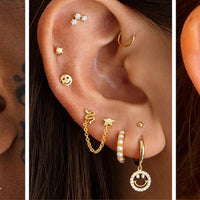

-v1657710003014.jpg?512x640&transform=resize=350)
